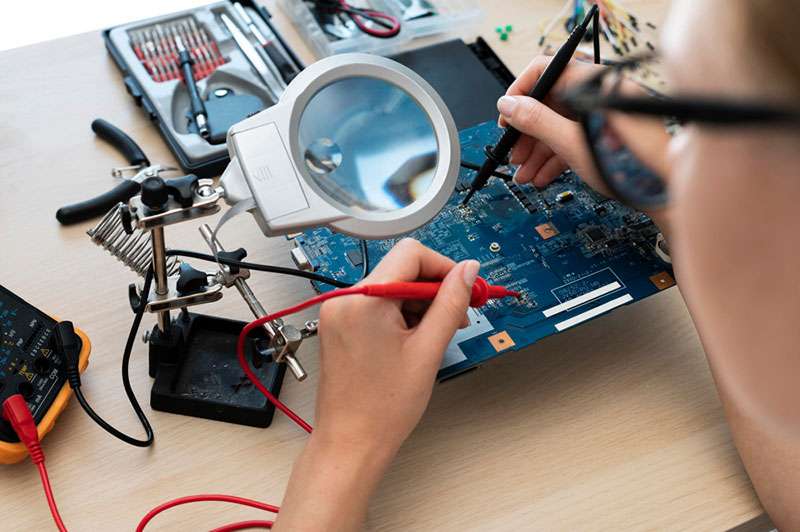In today’s rapidly evolving technological landscape, Electronic Design Automation (EDA) tools play a pivotal role in driving innovation and enabling efficient product development. These sophisticated software applications have revolutionized the way engineers design, test, and verify electronic systems. In this blog post, we will explore the significance of EDA tools and their impact on technology advancement. Join us as we delve into the world of EDA tools and discover how they shape the future of technology.
- Understanding Electronic Design Automation (EDA) Tools: EDA tools refer to a broad range of software applications that assist engineers in designing, analyzing, and verifying electronic systems. These tools encompass various stages of the design process, from schematic capture and simulation to layout and manufacturing. By automating complex tasks and providing powerful features, EDA tools streamline the development cycle, resulting in faster time-to-market and higher-quality products.
- Enhancing Efficiency and Productivity: One of the primary benefits of EDA tools is their ability to enhance efficiency and productivity. These tools automate repetitive and time-consuming tasks, allowing engineers to focus on critical design aspects. With features like schematic capture, component libraries, and design rule checks, EDA tools enable engineers to quickly prototype and iterate designs, significantly reducing the development cycle.
- Simulation and Analysis Capabilities: EDA tools provide engineers with powerful simulation and analysis capabilities, enabling them to evaluate the performance and functionality of electronic systems before the physical implementation. Through circuit simulation, signal integrity analysis, and electromagnetic compatibility (EMC) testing, engineers can identify and address potential issues early in the design phase, saving time and resources.
- Design Optimization and Validation: Another crucial aspect of EDA tools is their ability to optimize and validate designs. These tools offer advanced algorithms and optimization techniques to improve system performance, reduce power consumption, and enhance reliability. Furthermore, EDA tools facilitate design validation through design rule checks, design-for-manufacturing analysis, and thermal analysis, ensuring that the final product meets the desired specifications.
- Collaboration and Integration: Modern EDA tools support collaboration among team members, allowing engineers to work together seamlessly. These tools provide features like version control, design data management, and project sharing, enabling efficient collaboration across geographically dispersed teams. Additionally, EDA tools integrate with other software and hardware solutions, creating a unified environment for design, simulation, and manufacturing processes.
- Emerging Trends in EDA Tools: The field of EDA tools continues to evolve, embracing new technologies and addressing emerging challenges. Some of the current trends in EDA tools include the integration of artificial intelligence (AI) and machine learning (ML) algorithms, enabling intelligent automation and design optimization. Additionally, the rise of cloud-based EDA tools offers scalability, flexibility, and accessibility to designers worldwide.
Conclusion: As technology continues to advance at an unprecedented pace, EDA tools play a vital role in shaping its trajectory. From streamlining the design process to enhancing collaboration and validation, these tools empower engineers to push the boundaries of innovation. By embracing the power of EDA tools, technology companies can accelerate development cycles, reduce costs, and bring cutting-edge products to market faster. Stay tuned to the ever-evolving world of EDA tools as they continue to drive technological breakthroughs and shape the future of our digital world.


